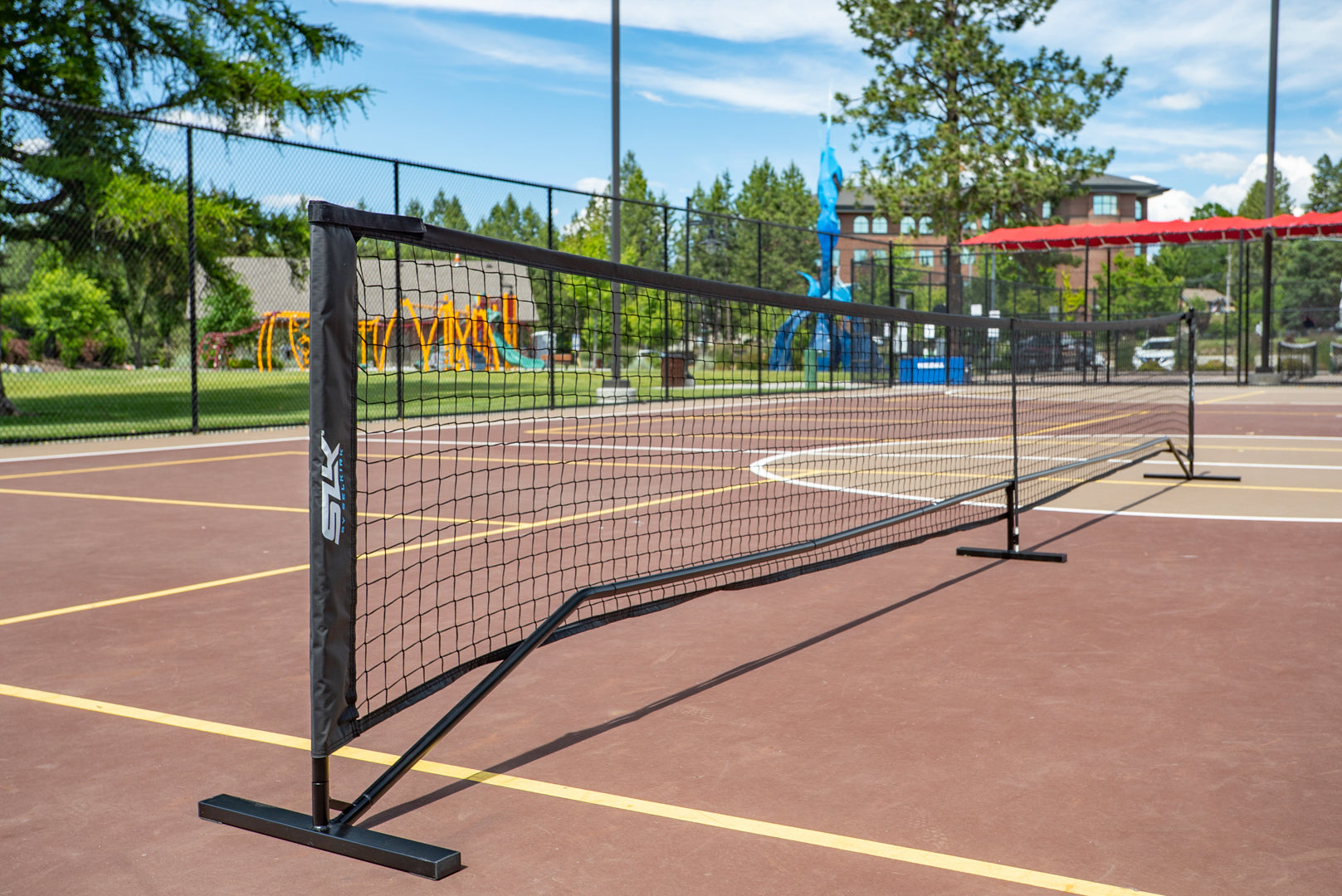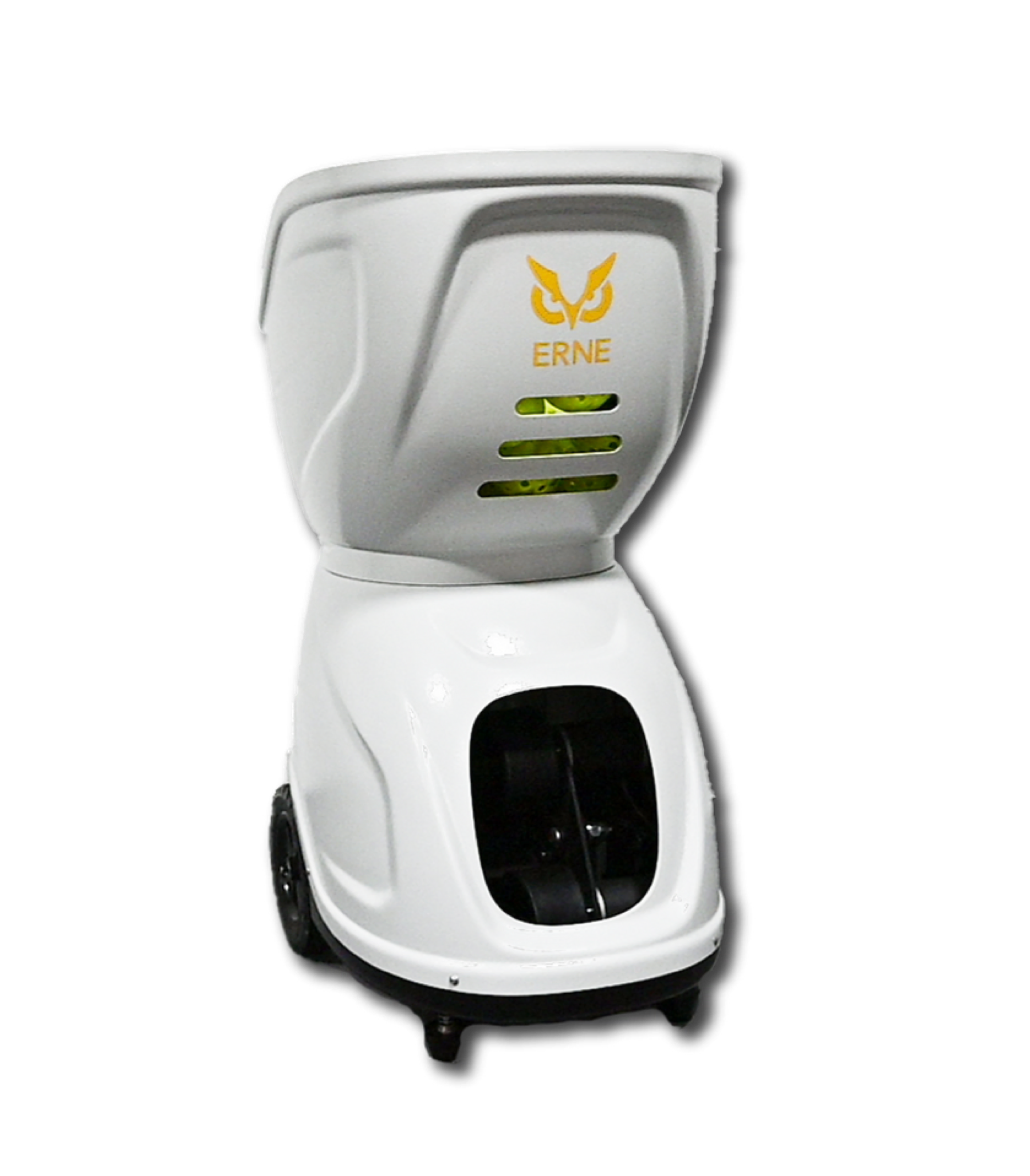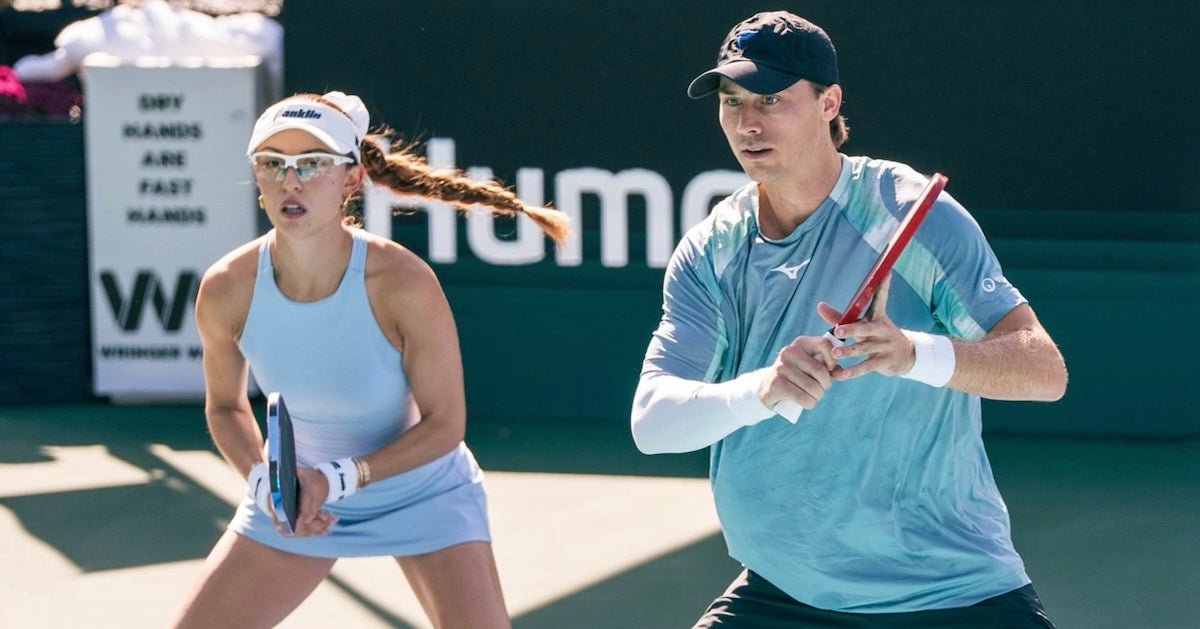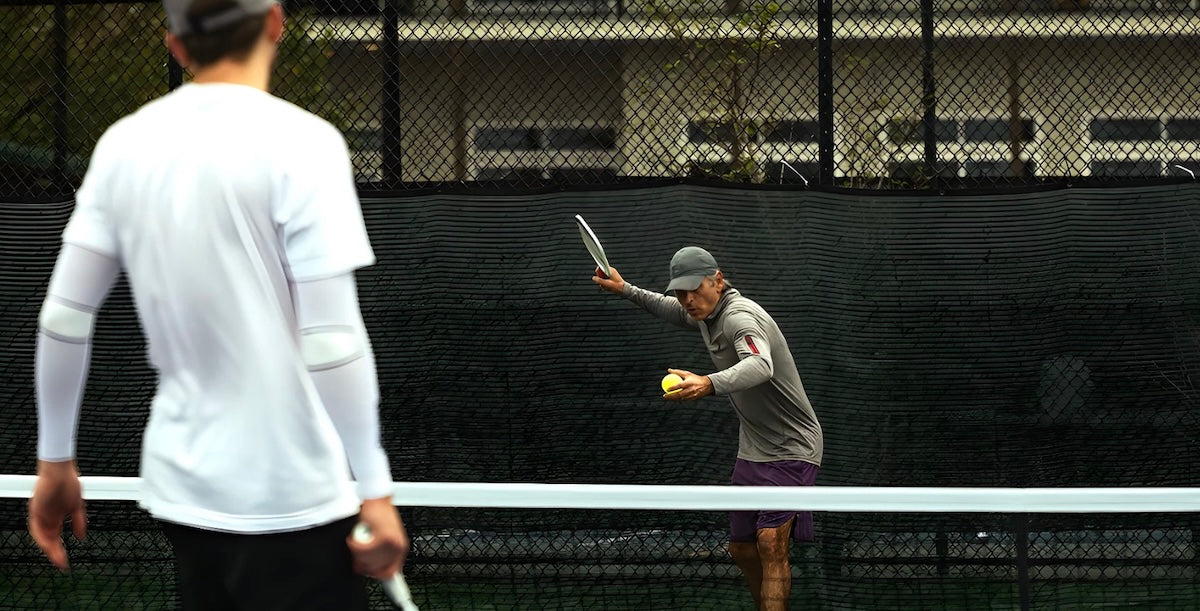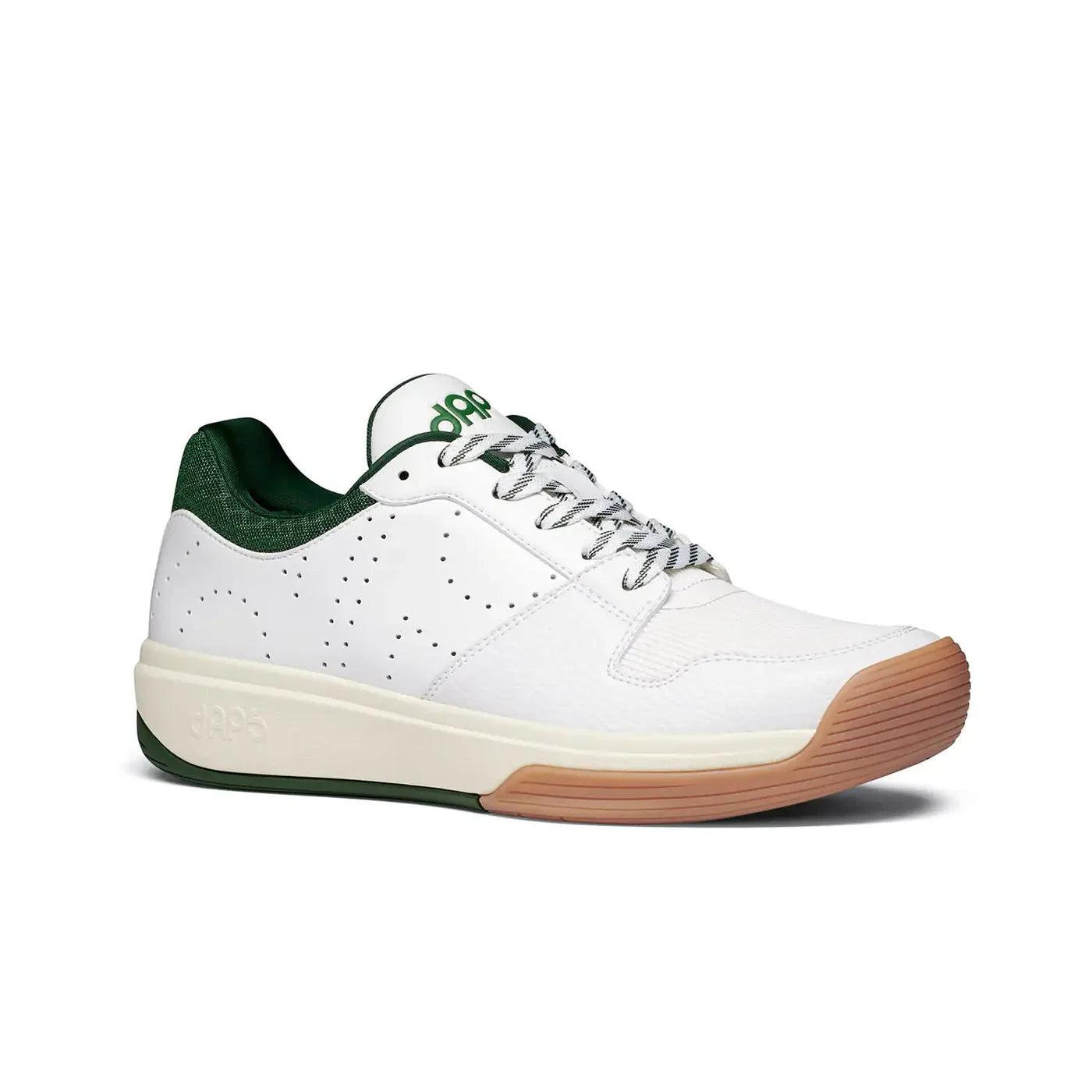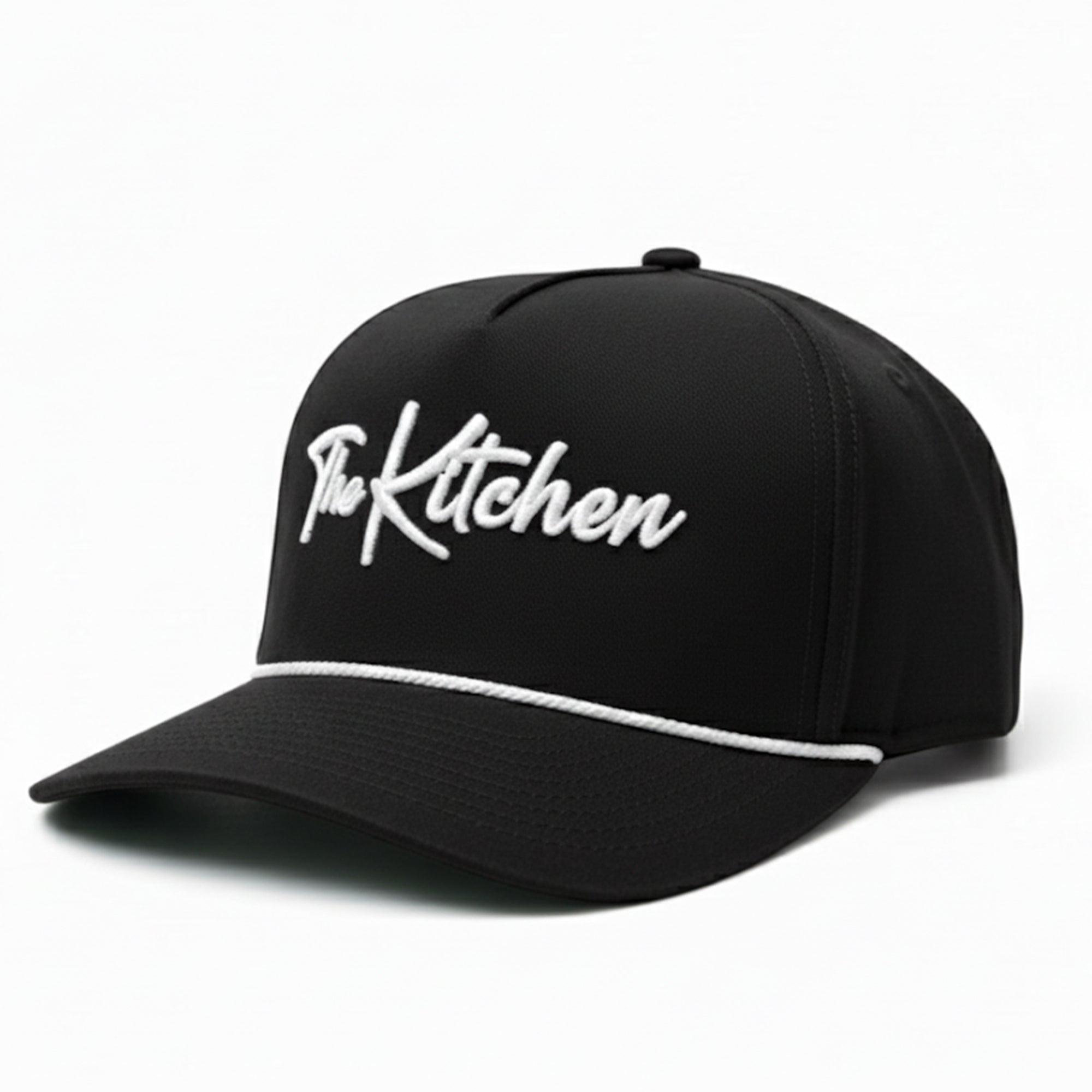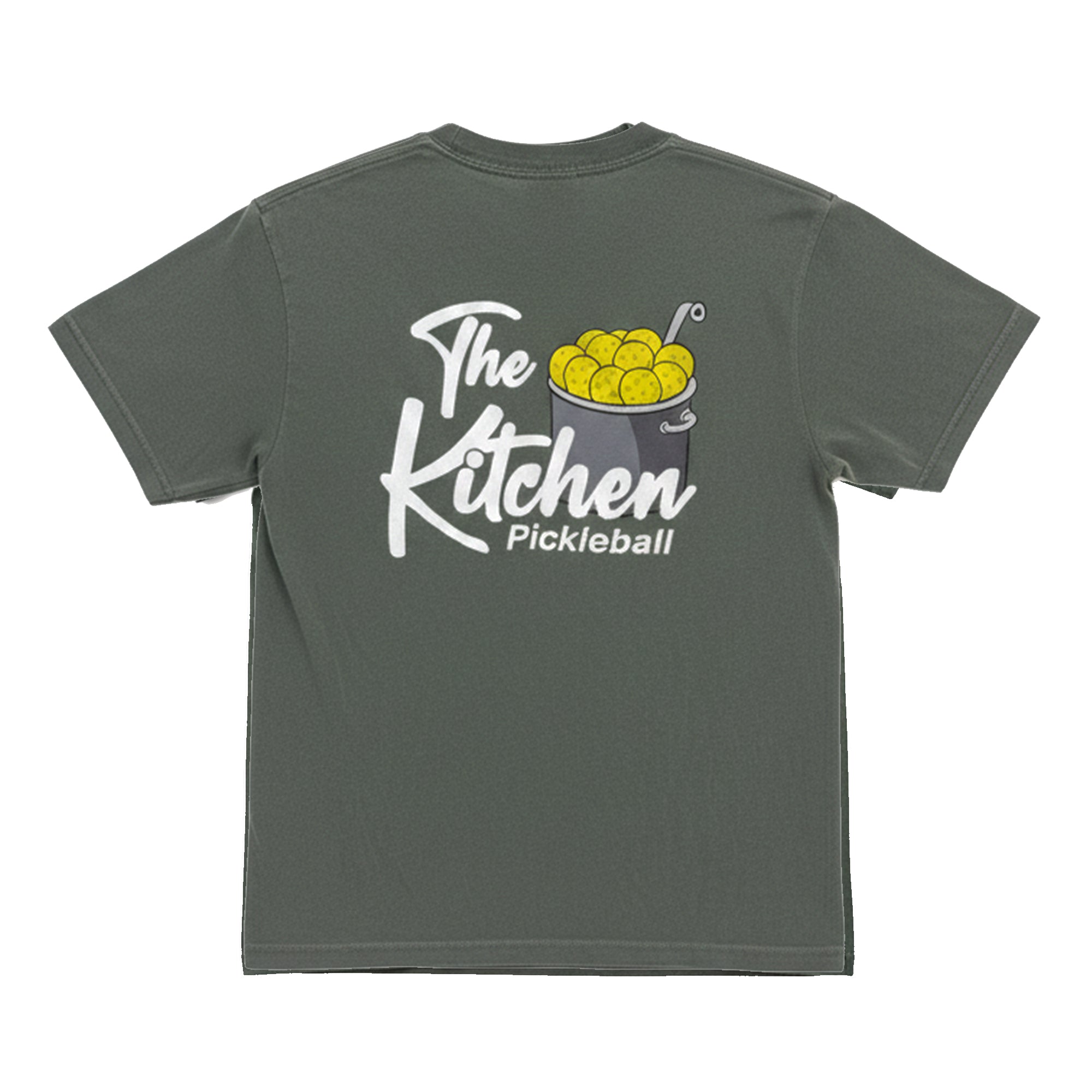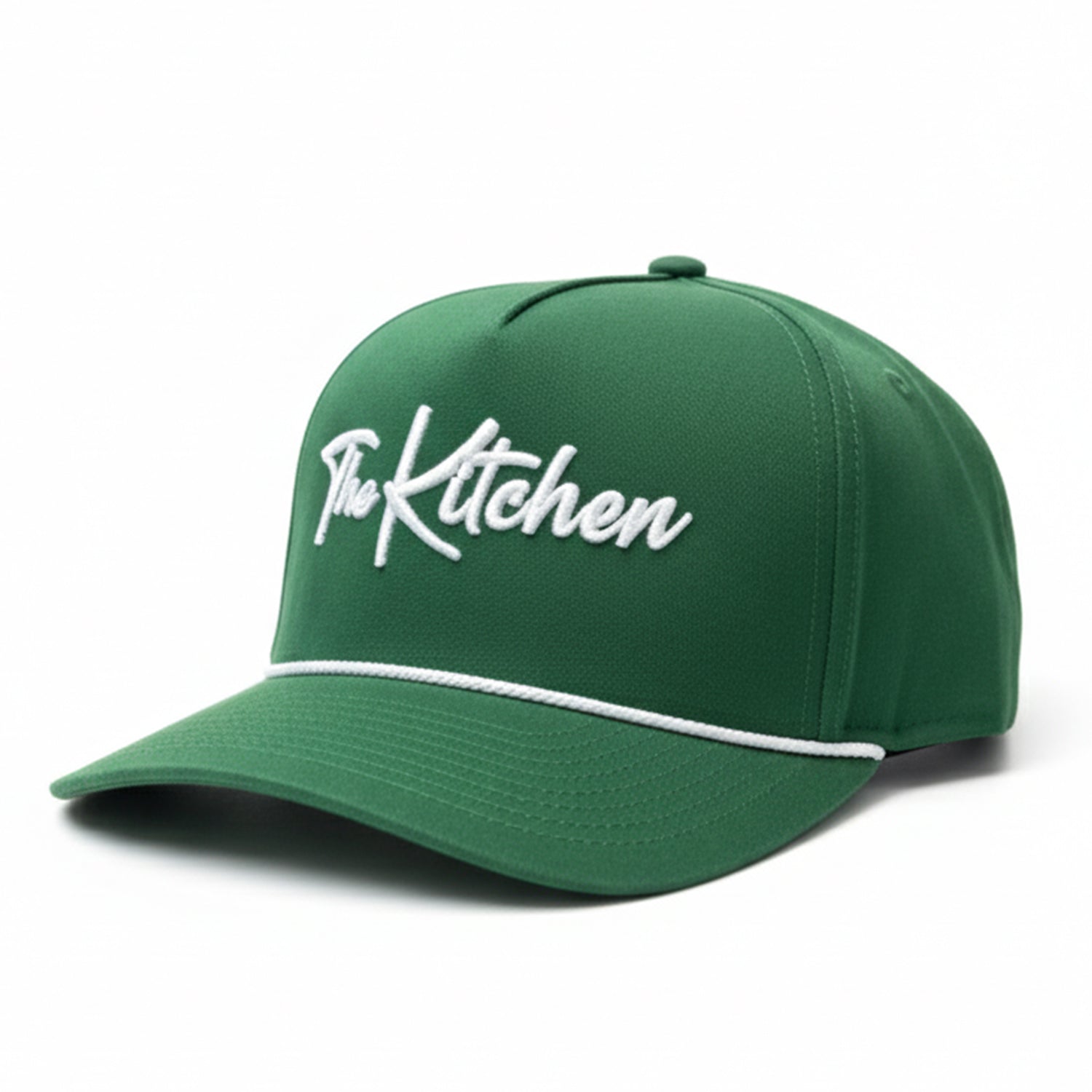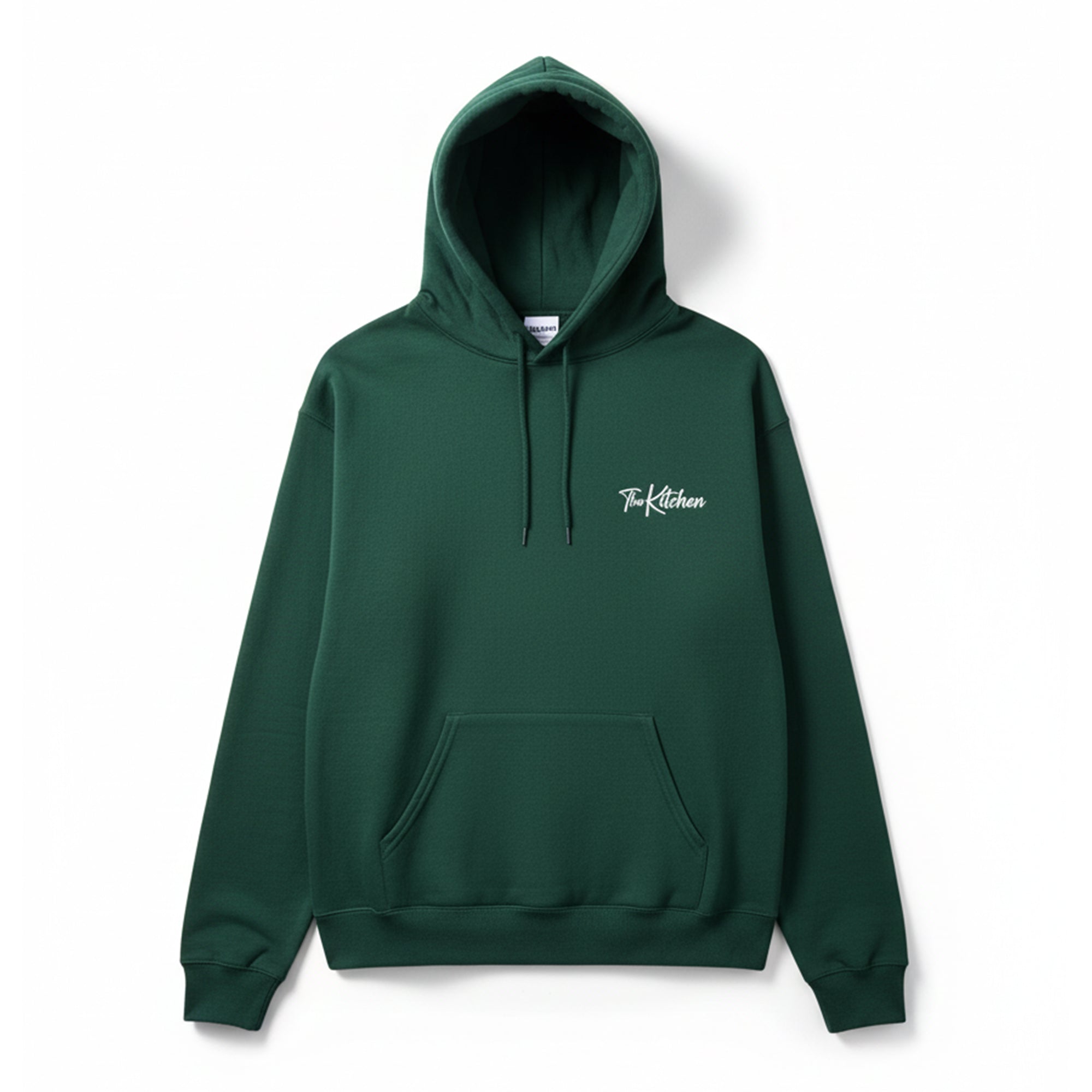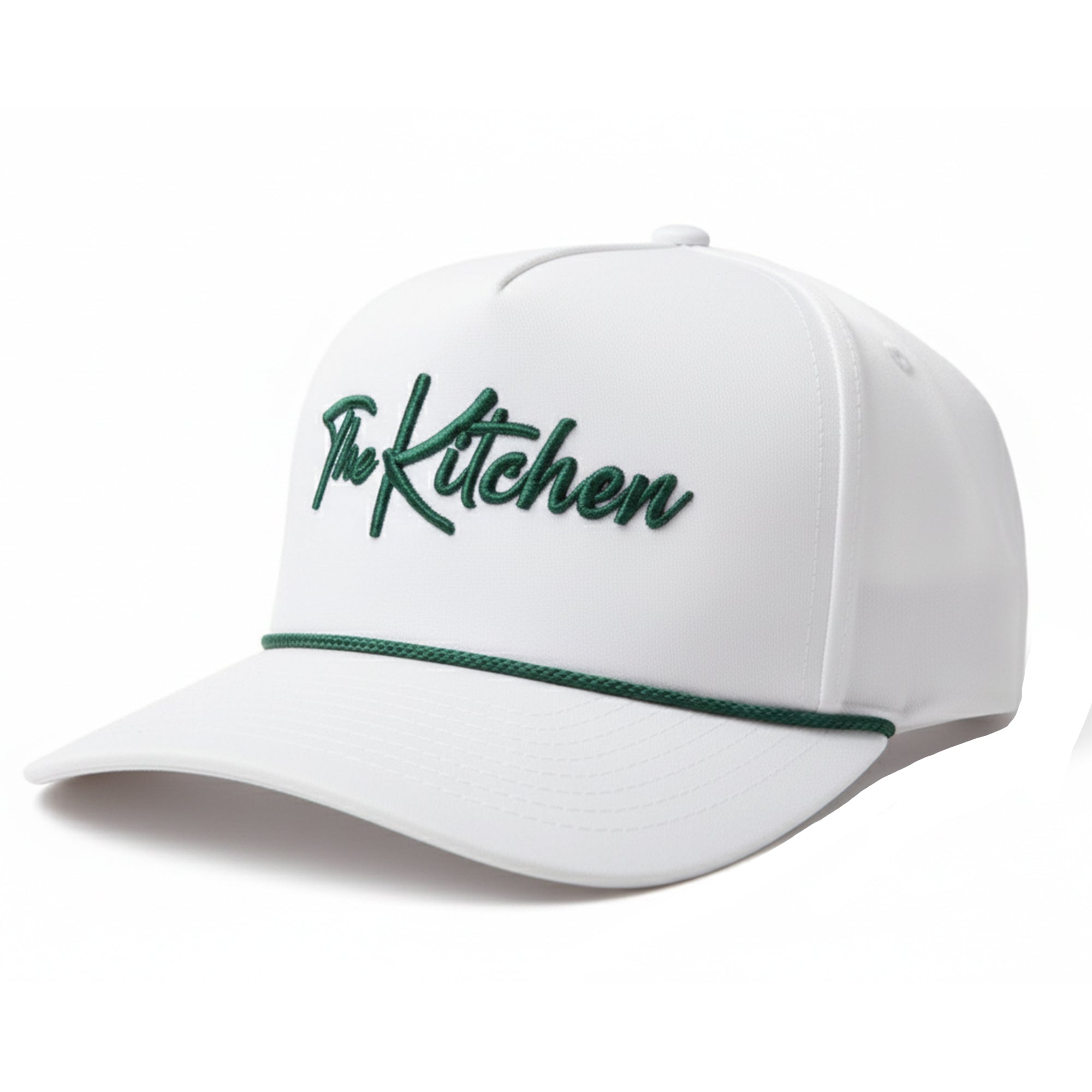James Ignatowich is giving out hot takes like this, instructional videos, and strategy input from other top pros in his weekly coaching newsletter! Click here to subscribe and catch up on previous editions.
Take Control of the Kitchen with the Volley Dink
Last Edited
Jan 20 2025
Category
Instruction
Top 5 pro James Ignatowich here. The average player at my clinics hits their dinks too hard.
It’s often tough for me to critique, especially because a lot of these dinks generate errors from the opponent. But as you get better in pickleball, you’ll start paying the price if you don't learn the volley dink.
As you start playing against players who are more comfortable dinking out of the air, they are going to use that power against you to start taking control.
Not to mention if you hit the dink a little too high with that sort of pace, you’re in immediate trouble.
I see dinks being hit too hard, particularly when hit out of the air.
I think part of it is a recognition problem, where a player realizes too late that they need to volley it and they jolt their paddle to it too quickly.
Here’s two tips that will help with dinking out of the air:
- Remember that the ball has more energy because it hasn’t bounced yet. It wants to go quicker, so it doesn’t require any back swing on your end.
- Extend the follow through a little bit. When you do this, you extend the point of contact ever so slightly, giving you more control. Hitting a dink out of the air should always be your first option rather than letting it bounce and retreating back.
You DEFINITELY want to be looking to take control of the kitchen with the volley dink. But don’t forget that the best dink is always LOW, it’s not always that HARD.
Read Next: Best Way to Improve Your Pickleball Drive? Slow it Down
You can generate errors and pop ups by consistently penetrating the kitchen line, you don’t need to kick it up to fifth gear until you sense a legitimate opportunity.
